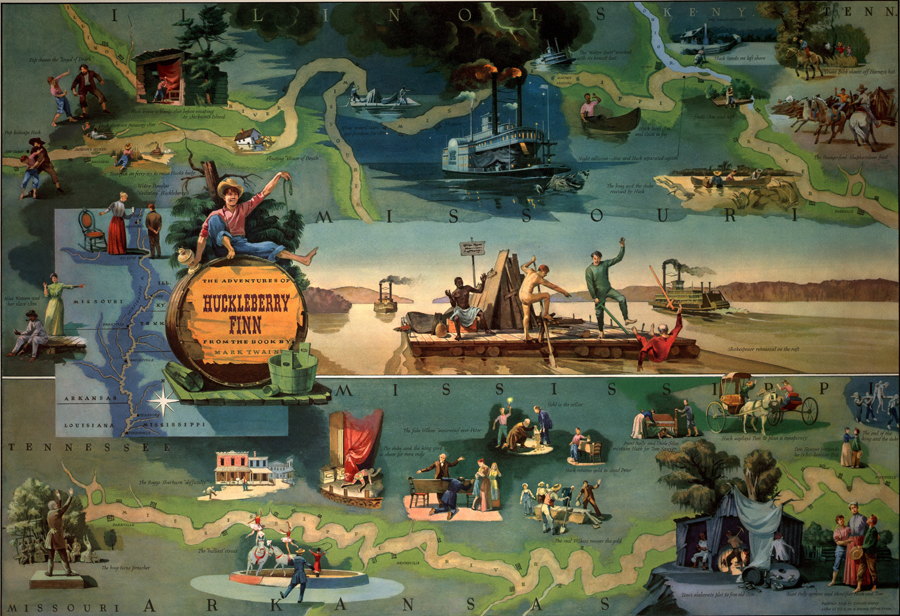

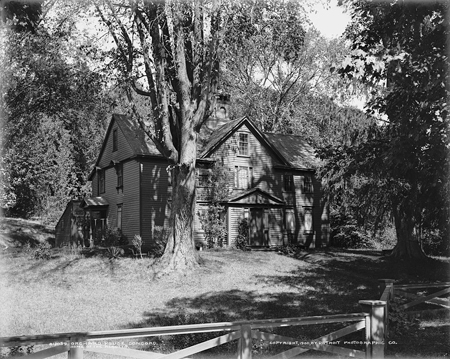
Today in History: The Alcotts
Today in History–November 29–the Library of Congress features the Alcott family. The family patriarch, educator Amos Bronson Alcott was born on this date in 1799. His second of four daughters, author Louisa May Alcott was born in 1832, also on November 29. Learn more about both father and daughter as well as other Alcott family members by visiting the Today in History section then click the…
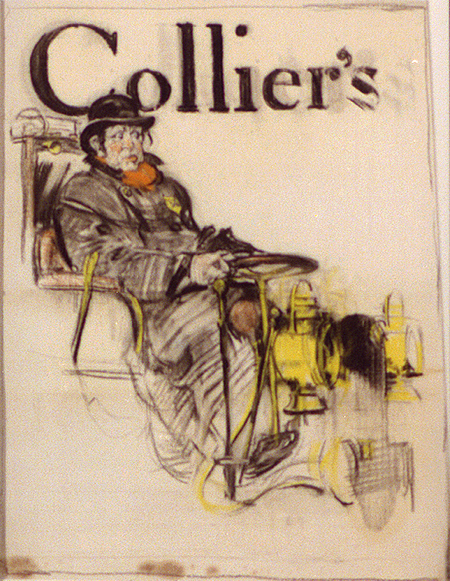
Today in History: First American Automobile Race
Today in History–November 28–the Library of Congress features the first American automobile race, run on this day in 1895. Inventor J. Frank Duryea, battled snow and breakdowns to win the 54-mile race from Chicago’s Jackson Park to Evanston, Illinois in just over 10 hours. Learn more about early automobiles and the sport of auto racing by visiting…
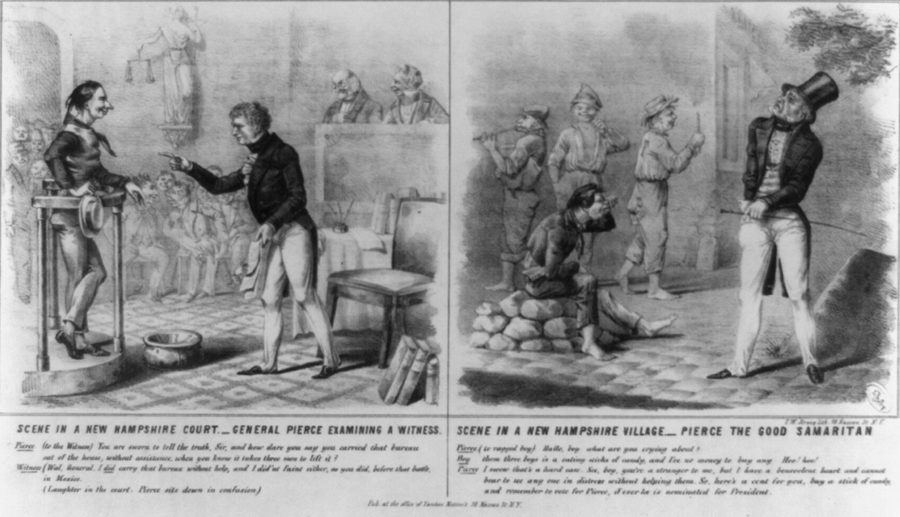
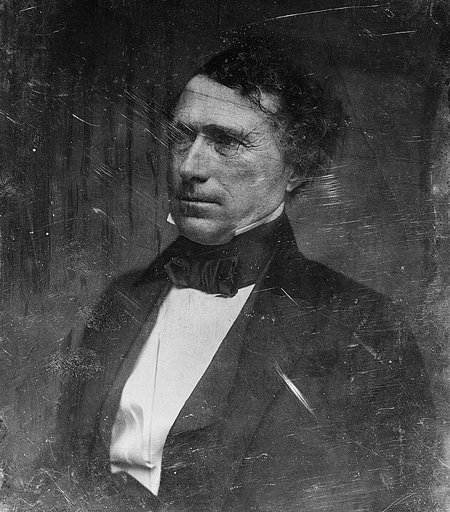
Today in History: Franklin Pierce
Today in History–November 23–the Library of Congress features Franklin Pierce, born on this date in 1804. Learn more about our nation’s 14th president (1853-57) by visiting the Today in History section then click the links below to access more stories and primary sources about Franklin Pierce. Franklin Pierce to Andrew Jackson, February 2, 1844 Democratic ticket. For President, Gen. Franklin Pierce, of New Hampshire. 1852…
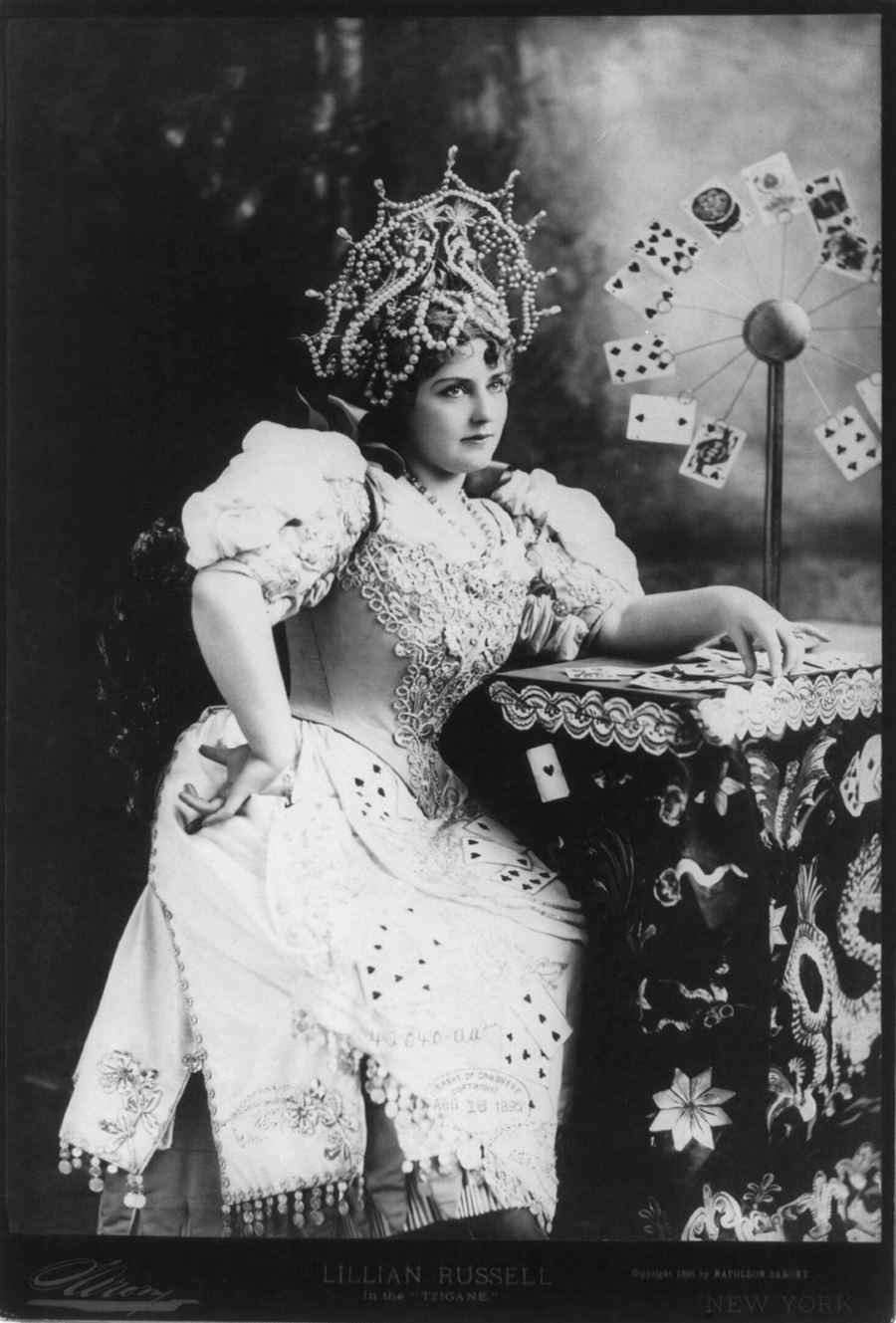
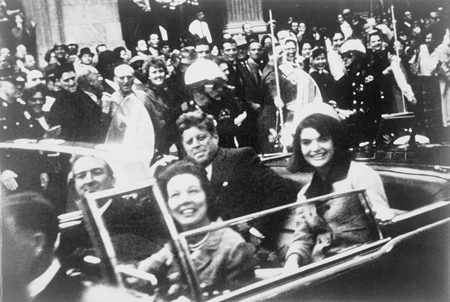
Today in History: John F. Kennedy Assassinated
Today in History–November 22–the Library of Congress features John F. Kennedy, assassinated on this day in 1963. Find out more about this tragic day in our nation’s history by visiting the Today in History section, then follow the links below to access more resources and individual primary sources related to the 35th president of the United States. Primary sources Letter,…
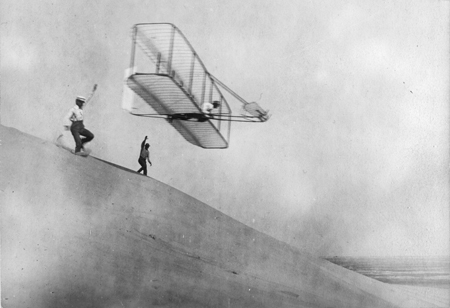
Today in History: North Carolina
Today in History–November 21–the Library of Congress features North Carolina, which ratified the Constitution on this day in 1789, becoming the 12th state in the new United States. Find out more about the history and culture of the “Tar Heel” state by visiting the Today in History section, then follow the links below to access more prime primary sources. North…
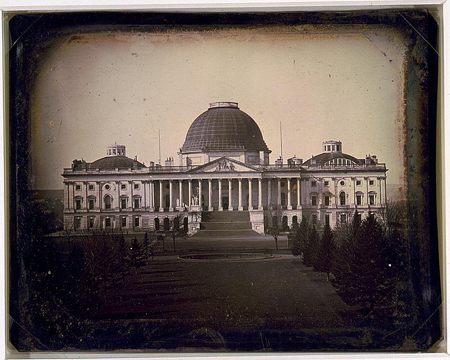
Today in History: Louis-Jacques-Mandé Daguerre
Today in History–November 18–the Library of Congress features French photography pioneer Louis-Jacques-Mandé Daguerre, born on this day in 1789. The daguerreotype was a convenient and effective process which rapidly gained in the United States. Learn more about Daguerre and the daguerreotype by visiting the Today in History section and following the links below. America’s First Look into the Camera: Daguerreotype Portraits and Views,…
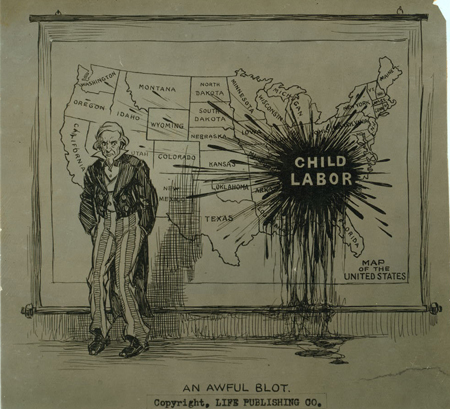
Today in History: Reformer Grace Abbott & Child Labor
Today in History–November 17–the Library of Congress features reformer Grace Abbott, born on this day in 1878. Abbott gained recognition as an advocate for immigrants while working at the Hull House in Chicago and later fought to restrict child labor as the head of the U.S. Department of Labor Children’s Bureau. Learn more about this tireless…
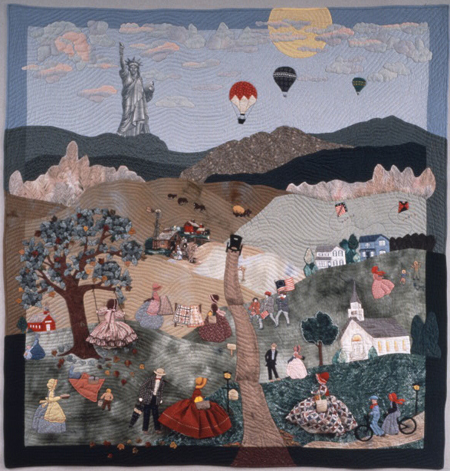
Today in History: Oklahoma
Today in History–November 16–the Library of Congress features Oklahoma, which became the 46th state on this day in 1907. Find out more about the history and culture of the Sooner state by visiting the Today in History section, then follow the links below to access prime primary sources. Oklahoma stories from America’s Library Oklahoma primary source set with Teacher’s Guide Oklahoma historical newspapers Oklahoma…
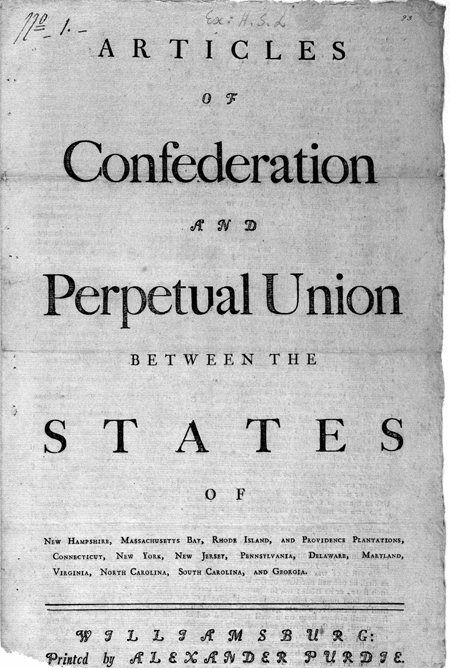
Today in History: The Articles of Confederation
Today in History–November 15–the Library of Congress features the Articles of Confederation, adopted by the Second Continental Congress on this day in 1777. Although Congress urged prompt action, it took more than three years for all thirteen states to ratify the articles that supported a loose confederation of sovereign states and a weak central government. Find out more…
